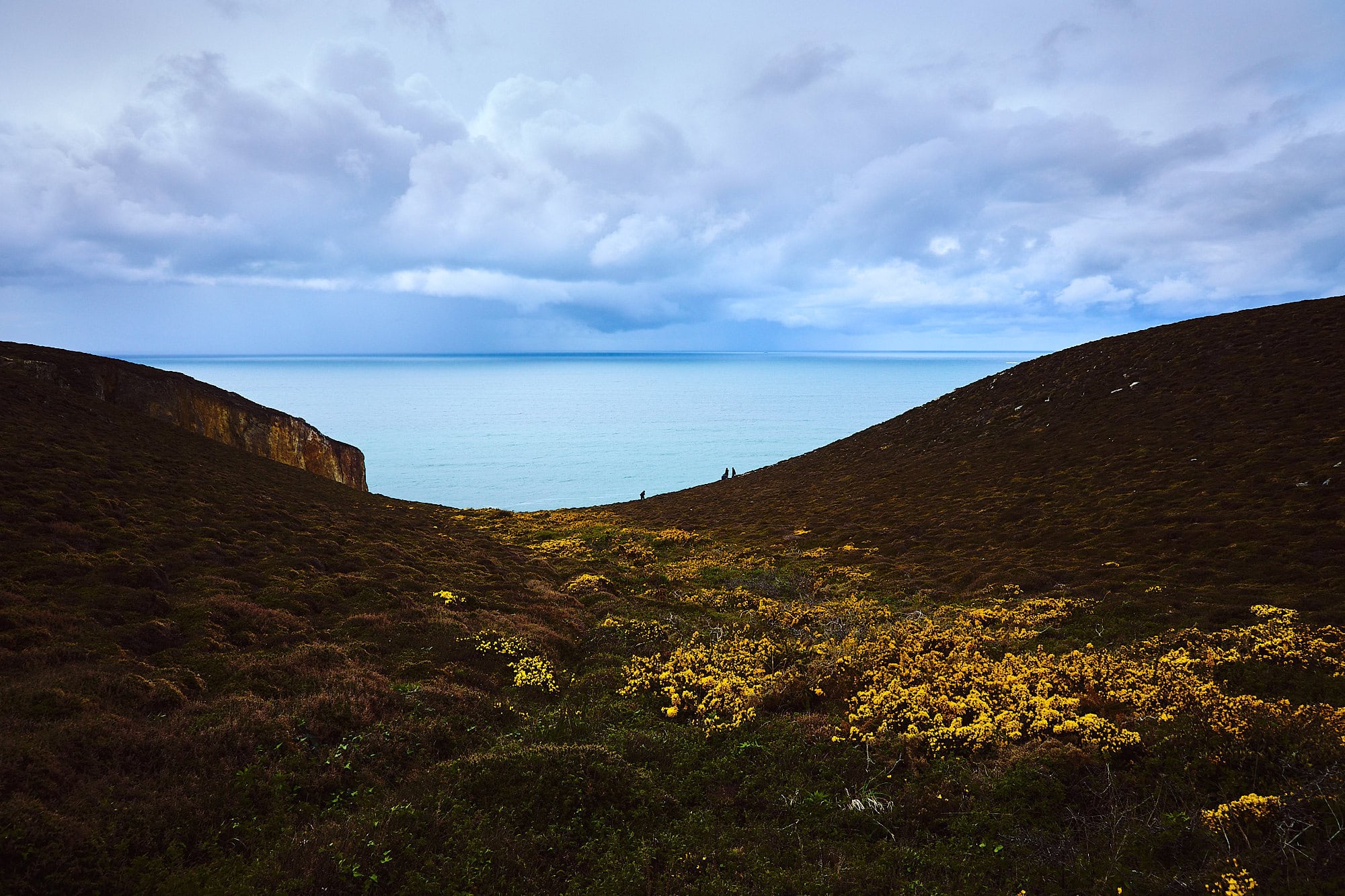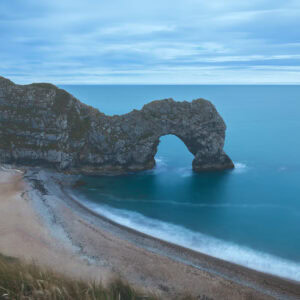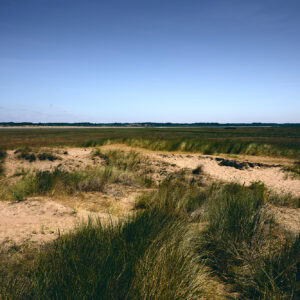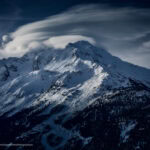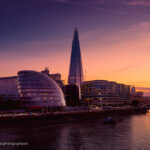Can you really capture the beauty of a place without disturbing it?
Photographing nature also means learning to stand back, to respect the invisible, to take nothing but a little light. I'm trying to lead you towards an ethical approach to photography, where every shutter release becomes an act of conscience.
1. Let nature take control of its surroundings
Priority to the well-being of nature with a fundamental rule The environment comes before the photo. Every step off the path adds to the cumulative damage, especially in extremely fragile environments. such as peat bogs or cryptobiotic soilsYou know those fine living crusts of micro-organisms found on the surface of the soil in arid zones, which sometimes take decades to reform once crushed. 😢
Like the cryptobiotic soils in deserts, mosses in forests are evidence of a silent equilibrium, slow to build up and quick to damage...
The butterfly effect of publications Before showing off your photo spots, think about how often they will be visited. Sharing GPS coordinates can lead to a massive and harmful influx of people. Be responsible by keeping certain locations secret, or by publishing them in a vague manner.
Leave No Trace (LNT) principle, photographer's version Take inspiration from the 7 LNT principles: be well prepared (rubbish bag, water bottle), camp only on hard surfaces, do not disturb any natural elements (plants, stones, etc.) and bring back everything you have brought with you. Don't use lights or flashes, as they cause unnecessary disturbance to the wildlife and our fellow photographers. And we now have enough AI tools to process the noise in our photos taken with our ever more powerful cameras! 🥳
2. Do not interact with living subjects
A wild animal is a free being. As soon as we influence its behaviour, by attracting it, approaching it or frightening it, we cease to be photographers. We become a disturbance.
Use a telephoto lens wherever possible (300 mm or more), keep your distance and observe in silence. Learn the habits of the species: its hours of activity, its quiet zones. Approaching slowly, without making any sudden movements, avoiding the headwind, can make all the difference. 🤫
And above all, no feeding! Even for "just a pretty picture".
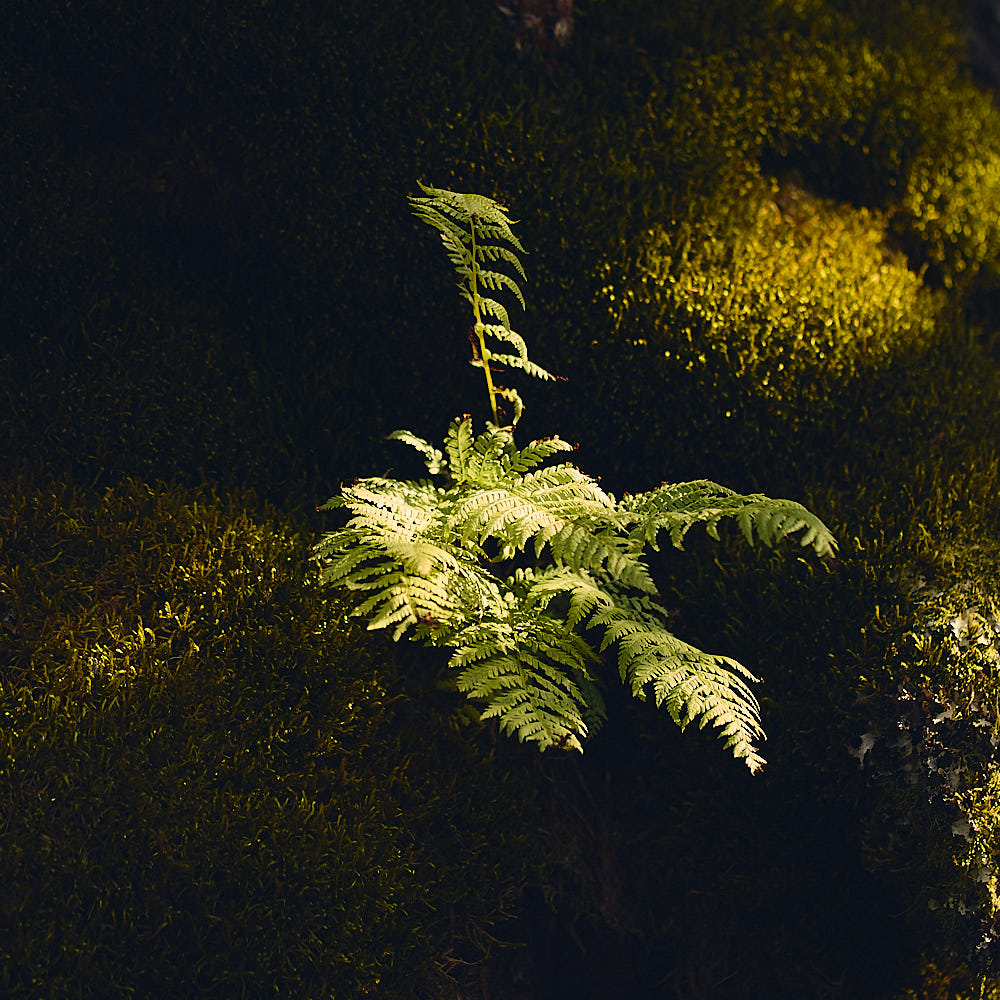

3. Respecting the natural environment
Move as few things as possible in a scene. Not a stone, not a branch. Nature doesn't belong to us.
We can remove a can or plastic, of course. 🤓 But don't destructure the environment to better compose a photo. Let's adapt our gaze to what nature offers, instead of imposing our vision on it.
Remember that Photoshop can remove a disturbing element, but no software can repair a crushed moss or destroyed nest.
4. Travel soberly, but intensely
Nature photography is not compatible with excessive consumption. Go for slow travel Slow travel, long stays, in-depth exploration of a place rather than collecting points on a map.
Use your equipment until it reaches its true age. There's no need to change your camera every year. Sometimes an old SLR or an expert compact can be enough for some really great series. 😜
Choose low-impact accommodation, low-impact transport, and offset your carbon footprint when a long journey is unavoidable.
5. Publishing with a conscience
Before publishing a photo, ask yourself these questions:
Avoid hashtags that are too specific if you're posting on the networks. Leave a little mystery. Sharing a place too clearly often means damaging it in spite of yourself.
Publications can be used to provide information: about the species photographed, about ecological risks, about good behaviour.
6. Become an ambassador of respect
A nature photographer can be a conservationist. Get involved with local causes, support conservation projects, publicise environmental initiatives. Some of your work can become an educational or activist tool. 🥸
We can also join charters of good conduct (such as Nature First Photography)and mention it on your website or in publications. It inspires confidence... and conscience.
7. Summary: 7 ways to photograph without causing harm
8. Conclusion
Photographing nature isn't just about capturing a landscape. It's also about participating in a silent, fragile relationship between living things and the viewer. Ethics are not a constraint. It's an added value to the way you look at things, an invisible power in the image. Because a photo that respects ethics is a photo that lasts.
A moment of reflection from Dragonstreet Photography. If this approach appeals to you, find out more in the section of the website dedicated to my philosophy.
Thank you for your visit and see you soon,
Well photographed,
David

